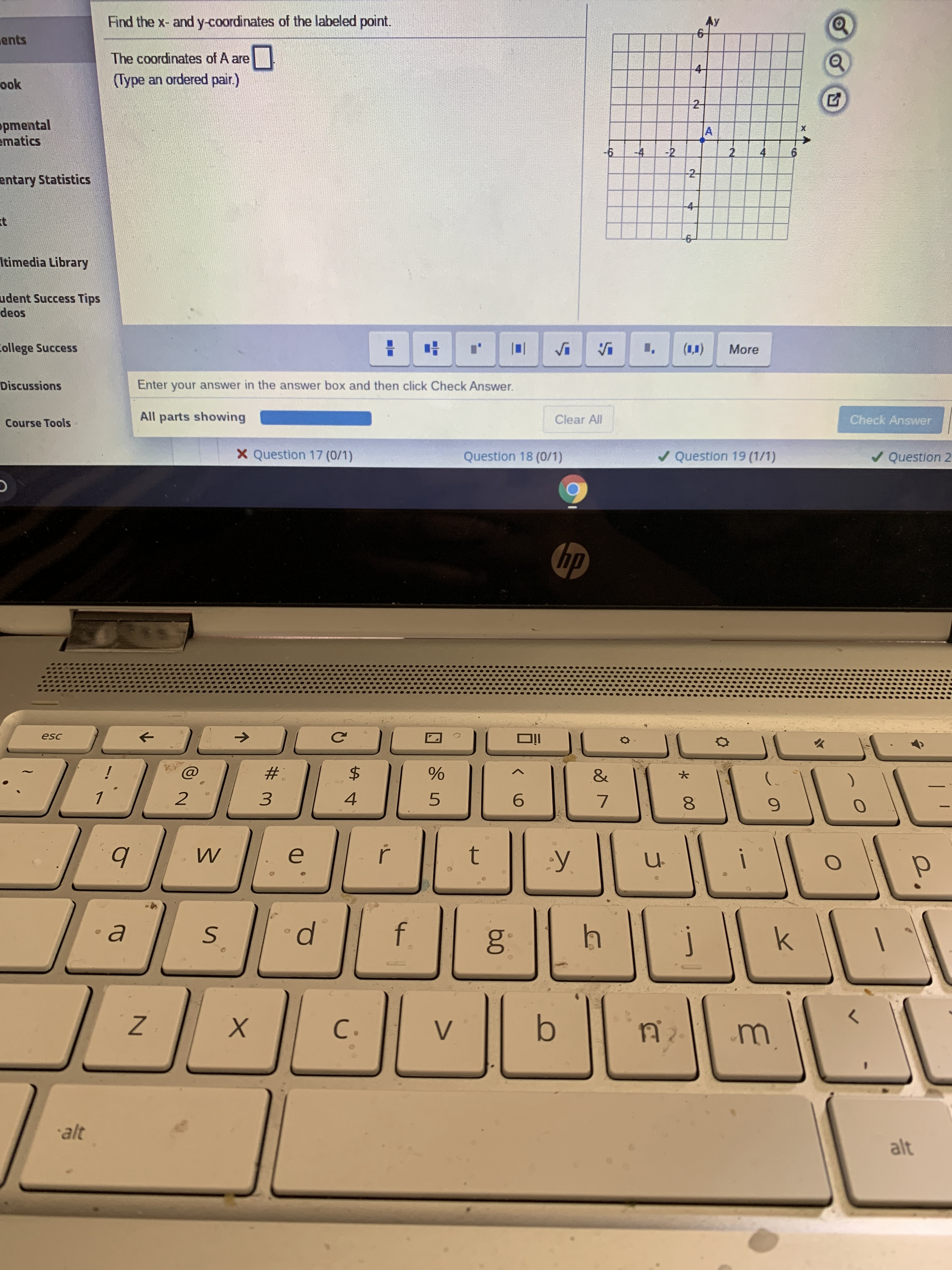
We first type "StandarsScrewLength" and then we put the value in the second column and the unit in the third column. You don't want any headers in the sheet, just the list of the parameters. You want to save this in the same folder you have your project in. The other way to access a parameter to access a file we may need is to use an Excel sheet. I have also added a link to an image to illustrate what I am doing.In part 5 of the series we will be showing you how to use the Excel parameters with Inventor. I am not currently able to share more links with other sources I have found (in this post). Link that presents a solution to export points coordinates: It would also help me if somebody could tell me how to convert the surface of a solid into a point cloud or how to convert this points that are produced with the projection into WorkPoints (so I can use the code I have already).

To get those points I use the "Project Geometry" tool. I would like to do this with VBA automatically since I intend to do it with many points.įor the moment I have found examples on how to create workpoints on a sketch and how to export the workpoints coordinates into an Excel file (I add a link of a source with a solution below) but I am not able to get the coordinates of the points that are created with the projection (the actual points in the surface of the solid) since it seems that they are not considered as points by Inventor. I would like to get the coordinates (in a text or Excel file) of a set of points that are produced after projecting another set of points over a solid (All this done using the software Autodesk Inventor Professional 2016).


 0 kommentar(er)
0 kommentar(er)
